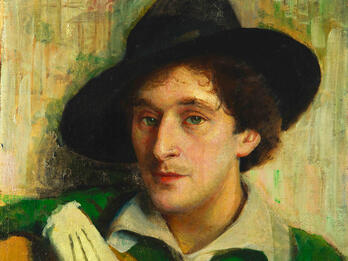Red Hammer Man with Chains
Mihály Biró
1914
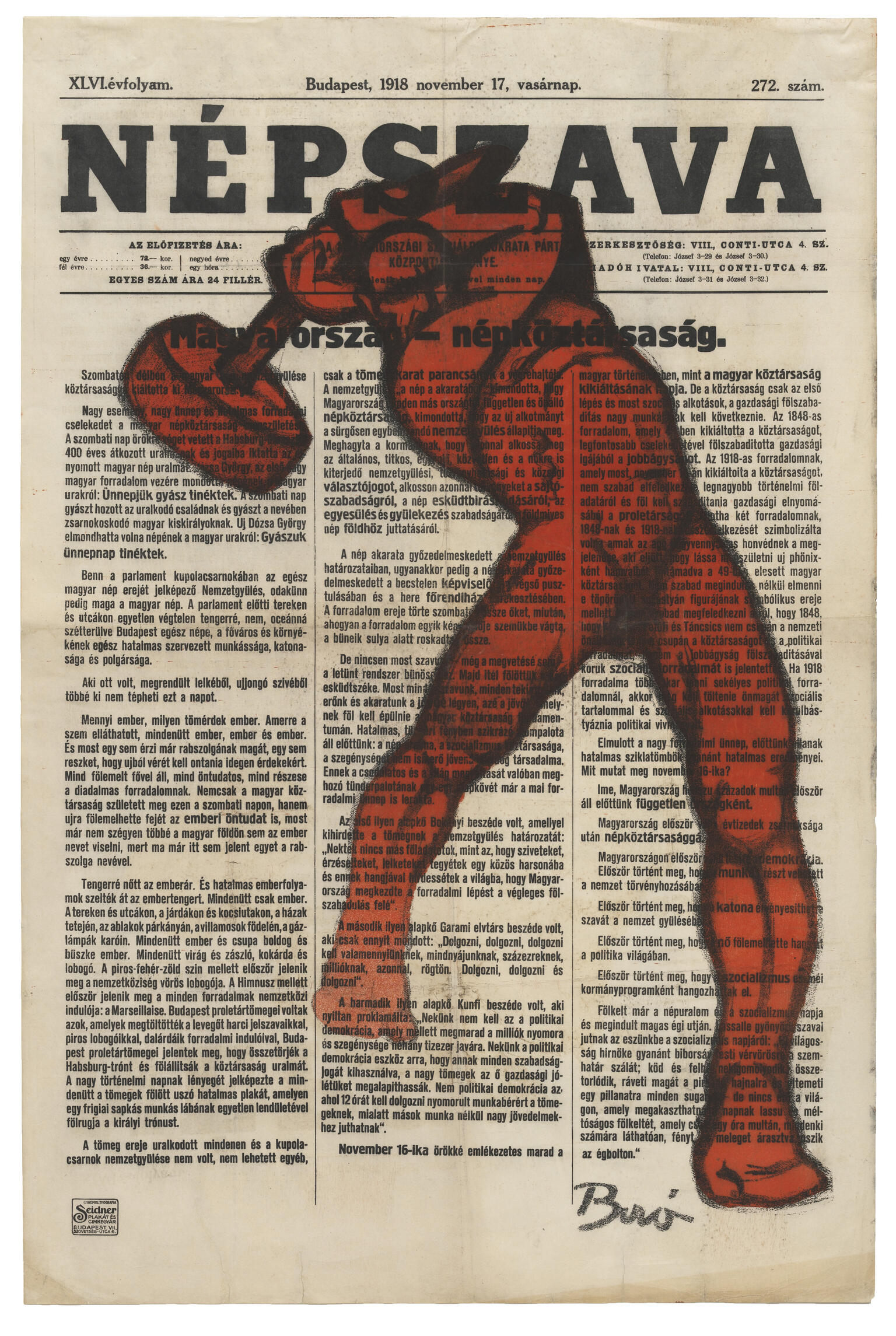
Creator Bio
Mihály Biró
Famous for pioneering the art of the political poster, Mihály Biró was born into a Budapest family that had changed its name from Weinberger. He studied at the Budapest School of Applied Arts and, after some time in Munich and in England, he returned to Budapest where he became an illustrator for the Social Democratic Party’s Nepszava newspaper. Biró’s Red Hammer Man (1912) was reproduced throughout the years as socialist propaganda. He created antiwar, antifascist, feminist, and other political pieces, notably Horthy (1920)—a twenty-piece lithograph series depicting the antisemitic pogroms and White Terror in Hungary—as well as art nouveau theater posters and commercial advertisements. After World War II, having survived the war in France, he was welcomed back to Hungary by the new Communist regime.
Places:
You may also like
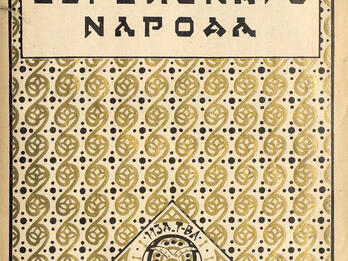
Cover Design for "Istoria evreiskogo naroda"
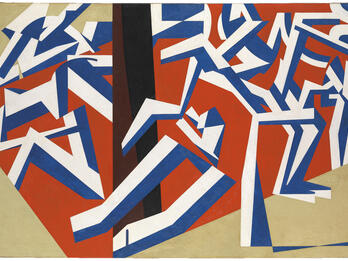
The Mud Bath
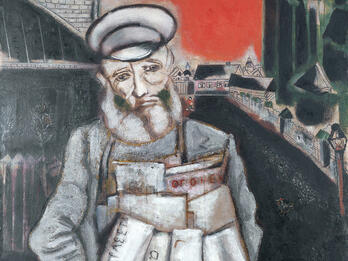
The Newspaper Vendor
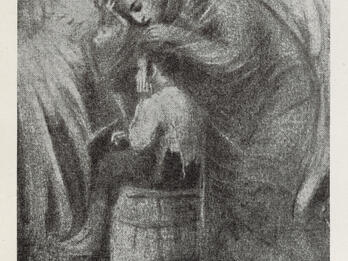
The Lad Bialik
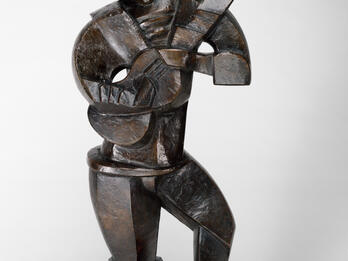
Sailor with Guitar
